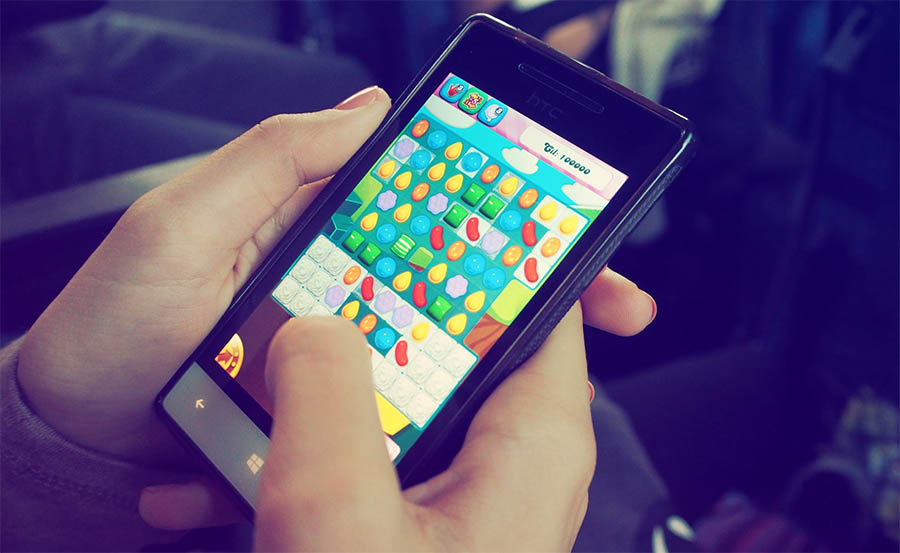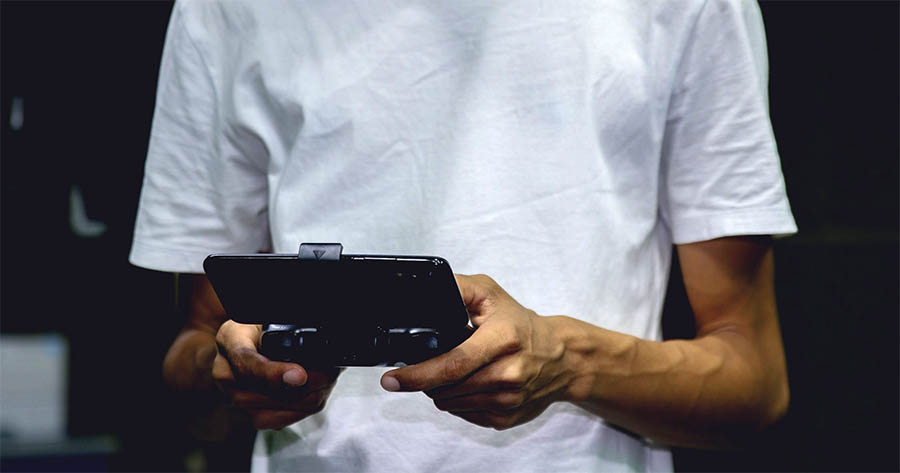Mobile gaming is now a huge multibillion-dollar industry. Driven by convenience, innovative technology, and massive investment, the market boasts a widespread appeal that saw App Store and Google Play sales grow 12.8% in 2019.
The rise of popular console and PC games like PUBG and Call of Duty on mobile devices is increasingly blurring the distinction between traditional gaming platforms and the opportunities afforded by smartphones.
Similarly, groundbreaking hardware is creating new opportunities. Releases like Pokémon GO and its use of augmented reality, for instance, have showcased emerging possibilities that are unique to the mobile device.
But despite the market representing some of pop culture’s newest inventions, mobile gaming has revealed we still crave the styles, characters and gameplay of yesteryear. It’s clear nostalgia is still a big draw.
Selling nostalgia
Take Candy Crush, for example. The game took its inspiration from Tetris, the classic tile-matching release popularised by the green dot-matrix screen of Nintendo’s GameBoy in the 1990s, and was the fourth most profitable game in 2019. According to M. Farouk Radwan, a professor in Cyber Psychology, Candy Crush inspires our sense of nostalgia through its depiction of sweets and candies, subconsciously recalling memories from childhood.

Of course, retro gaming on mobile phones isn’t always as subtle as this. Multicolour Tetris has made a comeback thanks to the smartphone with its simple and appealing delights easily digested by users wanting to dip in and out at their leisure. We’ve even seen new mobile-optimised versions of Sonic the Hedgehog, Grand Theft Auto and arcade classic Space Invaders emerge as popular retro alternatives.
Indeed, SEGA released its Forever collection which, alongside Sonic, includes games such as Kid Chameleon, Phantasy Star II, Comix Zone, Altered Beast, and Golden Axe. Similarly, Square Enix, the developer of Final Fantasy, has ported many of its titles over to mobile. Dragon Quest and Adventures of Mana amongst others are proving very popular.
Other new games have put modern spins on retro pop culture. Reel Rush, a mobile-optimised slot from NetEnt, celebrates the old one-armed bandits seen in pubs and clubs and their recognisable fruit symbols. The 8-bit graphics also provide a satisfying sense of nostalgia.
Games such as Slayaway Camp and Friday the 13th remind us of old horror movies, while Beat Cop, set in the 1980s, is filled with references to the decade and boasts graphics akin to old-school consoles like the Commodore 64 and Nintendo Entertainment System.

Wide appeal
Developers have been quick to pick up on this craze. The growth of emulation has seen console players indulging in games of the past through such hardware releases as the SEGA Mega Drive Flashback and Atari Flashback while discontinued games like Crash Bandicoot are making a comeback on new platforms. Even apps like Pokémon GO boast a sense of nostalgia, understandably reigniting the popularity of Pokémon Cards.
Crucially, mobile devices, particularly smartphones, are a convenient way to experience the unique attraction of retro games. And it’s an appeal we can see elsewhere. Markets intrinsically linked to video gaming nostalgia can be seen everywhere from the recent release of the Sonic the Hedgehog movie starring Jim Carrey to quirky throwback fashion. Collectables are also selling for huge amounts of money. An unopened, original 1987 copy of Final Fantasy reportedly sold on eBay for $4,000. Similar prices have been paid for games like Nintendo 64’s GoldenEye.
While retro games for mobile devices might only be a small part of the blossoming industry, they’re clearly having a huge influence on its growth. With the likes of Square Enix and SEGA actively redeveloping catalogue titles for Android and iOS, it’s clear major developers are sensing further growth for retro gaming.

